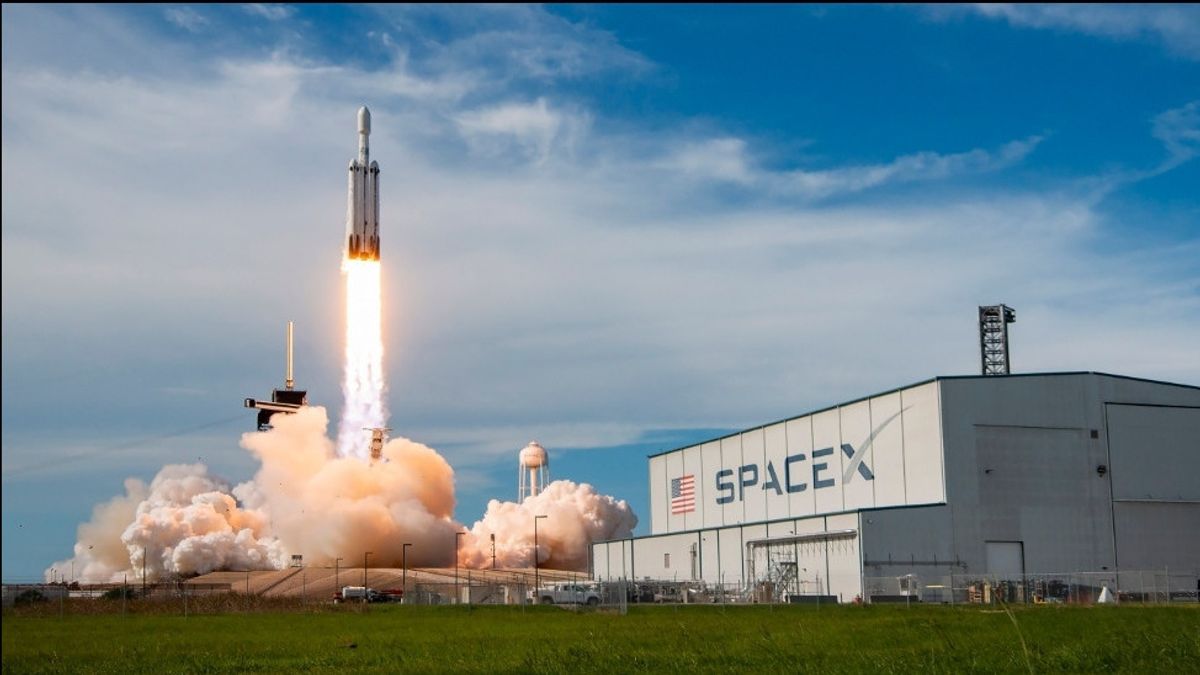JAKARTA SpaceX finally launched the last geostationary weather satellite for a program undertaken by Lockheed Martin. The satellite was launched using a Falcon Heavy rocket on Tuesday, June 25. The fourth and final satellite of the Environmental Operations Geostationary Program (GOES) R took off from the 39A Kennedy Space Center Launch Complex at 17.26 local time. Referred to as GOES-U, the satellite carries payloads on its launch. This payload was deployed from the second stage of Falcon Heavy about 4.5 hours after liftoff. The launch of this payload was only carried out after the second stage Falcon Heavy completed three engine combustion processes to place the satellite. GOES is a satellite built for the National Oceanic and Atmospheric Administration (NOAA) program. Once placed in the GEOSTASIONER (GEO) orbit, the satellite will carry out commissioning before being moved to 75 degrees at GEO. GOES-U, which changed its name to GOES-19, will take over the GOES-16 position as GOES-East's operational satellite. This satellite carries a series of instruments that are not much different from the three other satellites that have already launched.
SEE ALSO:
One of the instruments being carried is the Compact Coronagraph (CCOR) to observe the sun. CCOR will be used to monitor the solar corona to find out if there are flares or coronal mass ejections affecting the weather. This instrument will take over the tasks of the Solar and Heliospheric Observatory (SOHO) spacecraft developed by ESA and NASA. The aircraft has been launched since 1995 and is nearly 30 years old.
The English, Chinese, Japanese, Arabic, and French versions are automatically generated by the AI. So there may still be inaccuracies in translating, please always see Indonesian as our main language. (system supported by DigitalSiber.id)

















